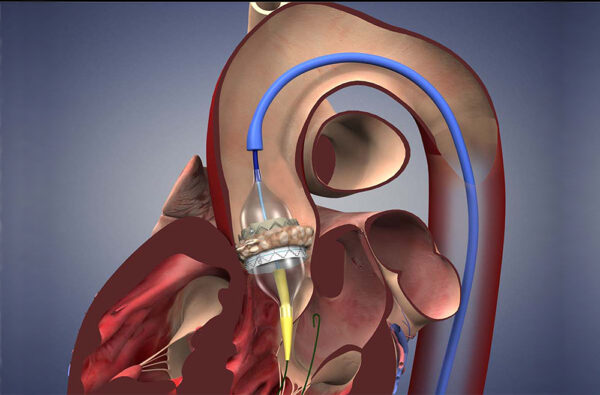Aortic Valve Replacement Now Made Very Simple
3 min read
Aortic Valve Replacement
There are many reasons for which a person needs to undergo Aortic valve replacement. A few of them are mentioned below.
Stenosis: This is fixed by cutting and reconstructing the leaflets of the valve or other related factors, in order to broaden the opening of the valve. Some of the patients that have stenosed valves need to undergo Aortic valve replacement.
Regurgitation: This is fixed by replacing or giving support to the structure of valve so that valves can close firmly. The leaflets of the valve can be also changed in order to stop the blood from moving back.
How it is done
The replacement is done with help of an artificial valve. In order to make the heart function correct, the blood circulation has to be proper and that is performed by heart valves. The heart surgery is done in order to repair those leaflets those are not closed properly. There can be bleeding at the back side of the chambers and blood will not flow at the artery. In order to repair this, either the valve is repaired or replaced. The replacement valves are made using some human tissues or animals.
Which Heart Valves get replacement?
Mostly in India all valve replacements are done for aortic or mitral valve. Aortic Valve Replacement in India is not a difficult affair now. It is a cardiac operation aortic valve of the patient is changed. The aortic valve can be damaged by many diseases; it can leak or can be blocked partially. Aortic valve replacement needs an open heart surgery. Before the surgery you need to undergo several heart tests, blood tests, echocardiography etc. The duration of the process will depend on the intensity of heart disease.
How is Heart Valve Replacement Surgery done?
Aortic valve replacement is generally done via median sternotomy, in this type the chest bone will be half open. As and when the pericardium is open, the patient will be positioned on a bypass machine, also known as heart-lung machine. The machine will take care of the breathing process and also the blood pumping process when the surgeon is performing the heart valve replacement process. The surgeon will make a cut in aorta. Then the aortic valve will be replaced and in that place tissue valve will be positioned. After this the aorta will be closed and the patient will be shifted from the heart lung machine.
An ultrasound after the surgery
Transesophageal echocardiogram is an ultra sound that will be done via esophagus. This is done after the surgery in order to check that the valve function is going on right. There will be some pacing wires those will be replaced so that the heart will function in the right way. They will also insert some drainage tubes in order to take off the fluids from the chest. These are generally taken off within 36 hours. The pacing wires will remain in the place and they will be replaced before the discharge of the patient from the hospital.







